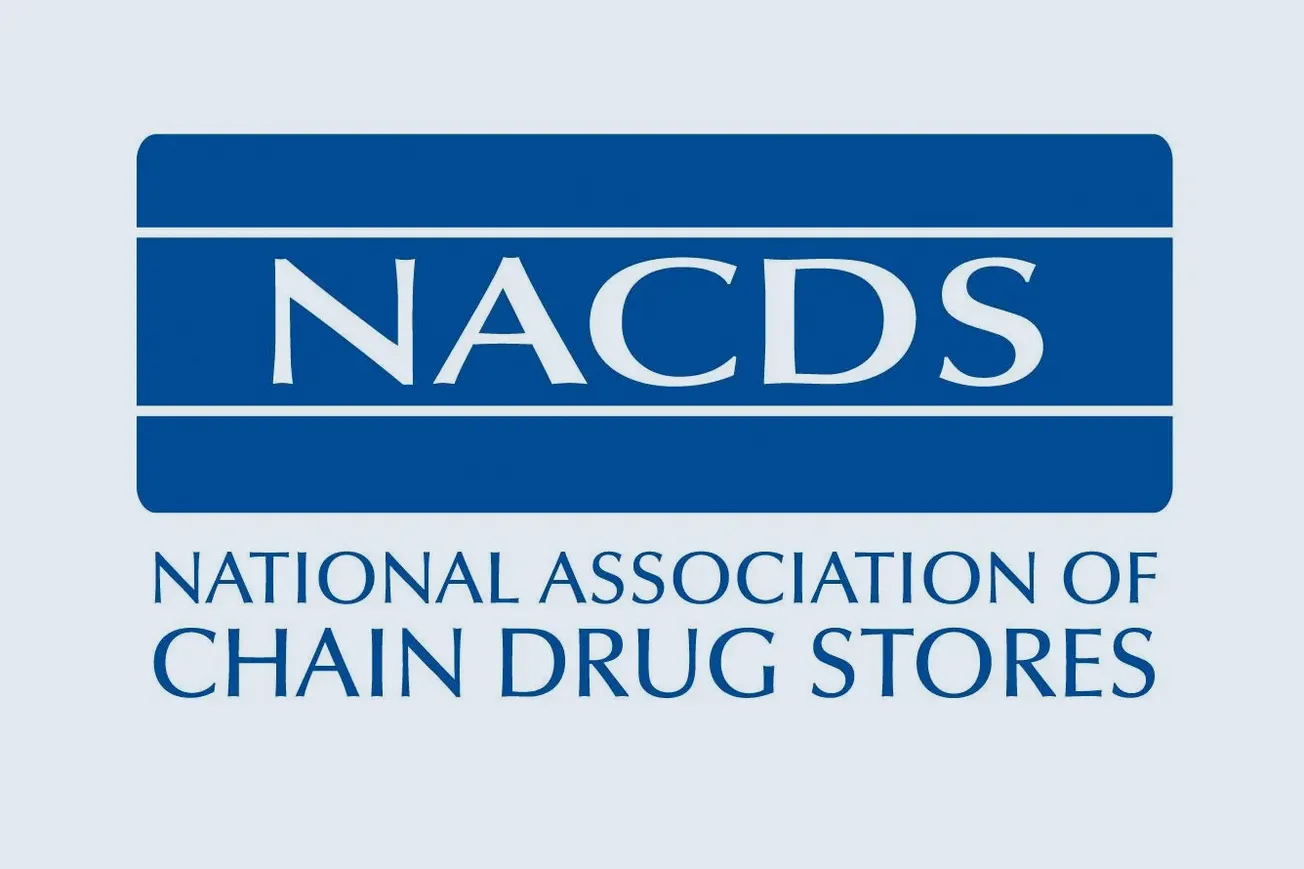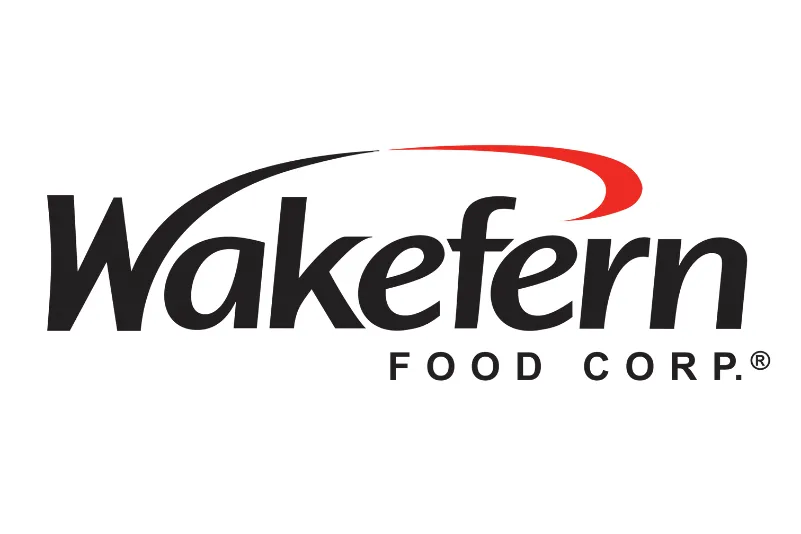Early on, Amazon always referred to itself as a “platform” versus a “retailer” and used this expanded view of its business to not only disrupt how shoppers buy and receive products, but also how they discover, engage and remain loyal to brands via their advertising, content and other adjacent businesses.
 Other top retailers are now employing similar advertising, content and fulfillment strategies as they rapidly expand their own retail media networks, launch new formats, and seek a greater share of brand marketing and media budgets with the promise of better attribution and insights via their first-party transaction data.
Other top retailers are now employing similar advertising, content and fulfillment strategies as they rapidly expand their own retail media networks, launch new formats, and seek a greater share of brand marketing and media budgets with the promise of better attribution and insights via their first-party transaction data.
Growth in e-commerce shopping behavior has certainly driven innovative thinking and advances in the use of data, insight and technology, but retailers also need to recover the significant investments made to strengthen their e-commerce infrastructures. The necessity for co-creation and collaboration between retailers and consumer packaged goods manufacturers has always been paramount, and this joint approach to doing business is arguably now more important than ever.
But ways to foster strong CPG manufacturer and retailer partnerships have permanently changed, requiring CPGs to rethink legacy processes and silos between marketing and sales. Let’s look at a few emerging strategies leading manufacturers have embraced in this new era of collaboration:
• Assess and benchmark retailers’ digital and media capabilities, then segment and resource teams accordingly. CPGs have typically built their sales and shopper marketing organizations and strategies around a retailer’s sales channel: grocery, supercenter, drug, mass or specialty. While this segmentation is still important, it does not recognize that retailers operating in the same sales channel now have shopping experiences differing beyond physical store formats, price and assortment. Partnering with retailers that have made significant investments in retail media, data, expanded fulfillment and delivery options, and connecting the in-store and online experience requires new skill sets and approaches. Understanding where a retailer is at in its digital transformation and mapping skill sets and approaches accordingly will drive more effective collaboration.
• Ensure joint business planning drives integration between a retailer’s merchant and media teams. With many retailers establishing a retail media network and manufacturers increasing their investments in these networks, retailers are further integrating their buying/merchandising and media teams. This will help both retailers and manufacturers holistically plan their trade and marketing spends, but also requires new collaboration strategies and key performance indicators. For example, a manufacturer that may have previously agreed to an annual trade spend allowance to secure a permanent secondary in-store display may consider shifting those funds to secure top placement within a retailer’s search results, especially if shoppers are purchasing products in the brand’s category online more often than in stores.
Deeper integration between retailers’ buying and media teams will also mean buyers will have greater control of what media inventory is available to manufacturers in the categories they manage. This integration will drive greater accountability around retailer media spends for both manufacturers and retailers — especially as retailers increasingly require manufacturers to invest a percentage of their annual sales into retailer media activity — and will continue to blur the lines between trade and consumer marketing budgets.
• Optimize assortment and fulfillment, then price. Online shopping behavior makes it easier for shoppers to quickly compare retail prices. The pandemic has also made other factors, like convenience and fulfillment methods, important in shoppers’ purchase decisions. If retailers do not have advantages via unique assortments or convenient shopping options, then the price will quickly become the top driver. Before considering price reductions, CPGs need to partner with retailers to examine categories in totality and optimize assortments based on their shoppers and fulfillment methods to create marketplace differentiation. Then they should look to understand what products strategically align with each retailer’s most common fulfillment methods — click and collect, home delivery or in-store purchase — and drive and promote items that are most profitable for each channel. Additionally, the rise of top retailers’ 3P marketplaces creates new opportunities for manufacturers and retailers to create unique assortments by balancing 1P and 3P distribution to avoid compromising category profitability or supply chain logistics.
• Recognize “category captaincy” has evolved into “commerce captaincy.” Manufacturers commanding a large share of their categories are often viewed by a retailer in a “captain” role for that category. With this role comes expectations to help a retailer manage its category by providing incremental resources to help analyze and optimize a category. Those who are now in captaincy roles have a tremendous opportunity to influence a category from a total commerce perspective. This could include advising on assortments across the digital and physical shelves, leading initiatives to pilot new delivery methods, providing incremental resources to optimize digital shelf content, allocating in-store labor to help retailers shift store layouts to accommodate new delivery methods or helping retailers enforce pricing guidelines on their marketplaces.
• Balance SKU-level precision with category and brand-level promotional activity. Retail media networks’ use of first-party data has allowed brands to be more surgical and personalized with their promotional activity. Simultaneously, supply chain disruptions have made it more difficult to market at the brand or category level because there may be unforeseen distribution gaps at individual stores, potentially creating a negative experience for shoppers who can’t find something advertised in stock. Manufacturers need to marry targeted promotional activity, like sponsored e-commerce search and display ads, with category- and brand-level events, which are still needed to attract new shoppers and help retailers expand market share.
Though the nature of collaboration is changing, what remains constant is the need for trust and partnership in any retailer and manufacturer relationship. These five strategies will help progressive CPGs continue co-creating innovative solutions with retailers that will strengthen and galvanize partnerships for the future.
Bryant Ross is senior vice president of commerce strategy and innovation for Advantage Solutions.





